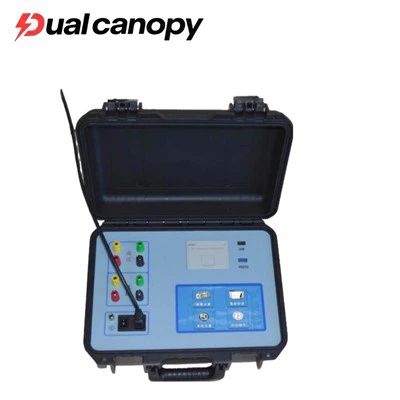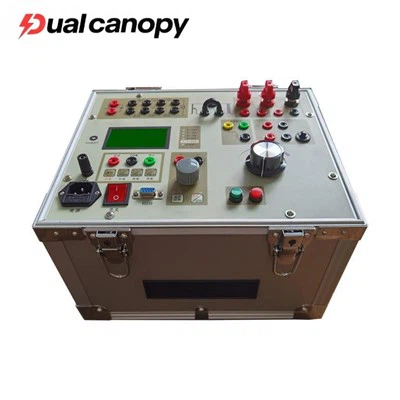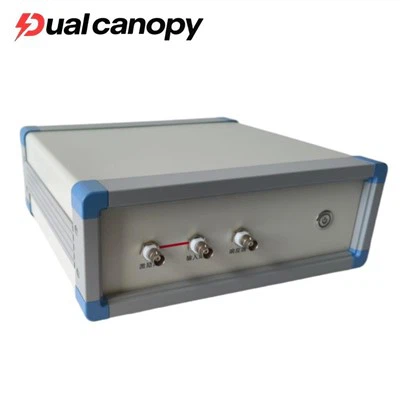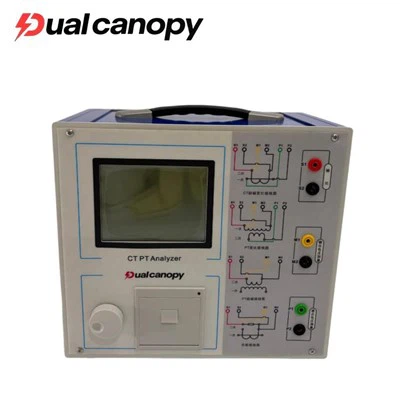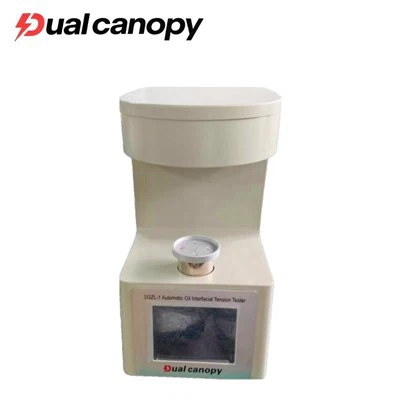In the current era of highly developed information technology, the issue of cybersecurity has become increasingly serious. To ensure the security of individuals or enterprises, it is particularly important to choose the appropriate security tools and detection equipment. The following will introduce some key factors for selecting security tools and detection equipment.
Firstly, choosing the appropriate security tool detection equipment requires considering one's own needs. Different individuals or enterprises have different requirements in terms of cybersecurity. For instance, some enterprises may be more concerned about protecting their internal networks and thus need to select a powerful intrusion detection system (Intrusion Detection System, abbreviated as IDS); while others may place greater emphasis on preventing data leaks and therefore need to choose a powerful data loss prevention system (Data Loss Prevention, abbreviated as DLP). Therefore, before selecting a security tool detection device, one must first clarify one's own needs and then make a choice based on those needs.
Secondly, when choosing the appropriate security tool detection equipment, the performance of the equipment needs to be considered. Performance is an important indicator for evaluating whether a device is suitable for one's own needs. When selecting security tool detection equipment, the performance of the equipment can be evaluated from the following aspects: bandwidth capacity, throughput, latency, etc. Bandwidth capacity refers to the large amount of data that the equipment can handle. For large-scale network environments, the larger the bandwidth capacity, the better; throughput refers to the number of requests that the equipment can handle within a unit of time. For high-traffic network environments, the larger the throughput, the better; latency refers to the time required for the equipment to process a request. For application scenarios with high latency requirements, the latency should be as low as possible. Therefore, when choosing security tool detection equipment, it is necessary to evaluate whether the equipment's performance is sufficient based on one's own network environment and requirements.
Thirdly, when choosing the appropriate security tool detection equipment for oneself, one needs to consider the functions of the equipment. The functions of the equipment are one of the key factors in determining whether a device is suitable for oneself. When selecting security tool detection equipment, the following aspects can be considered regarding the equipment's functions: intrusion detection, data leakage prevention, malware protection, network traffic analysis, etc. Different devices offer different functions, so one needs to choose the equipment that suits oneself based on one's own needs and actual situation.
Fourth, when choosing the appropriate security tool detection equipment, one needs to consider the ease of use and manageability of the equipment. Ease of use refers to whether the operation of the equipment is simple and clear, and whether it is easy to operate; manageability refers to whether the equipment is easy to manage and maintain. When selecting security tool detection equipment, several factors can be considered to evaluate the ease of use and manageability of the equipment: interface friendliness, whether the operation process is simple, whether it provides good management tools and documentation, etc. Therefore, when choosing security tool detection equipment, one can comprehensively consider the ease of use and manageability of the equipment and select a device with simple operation and easy management.

